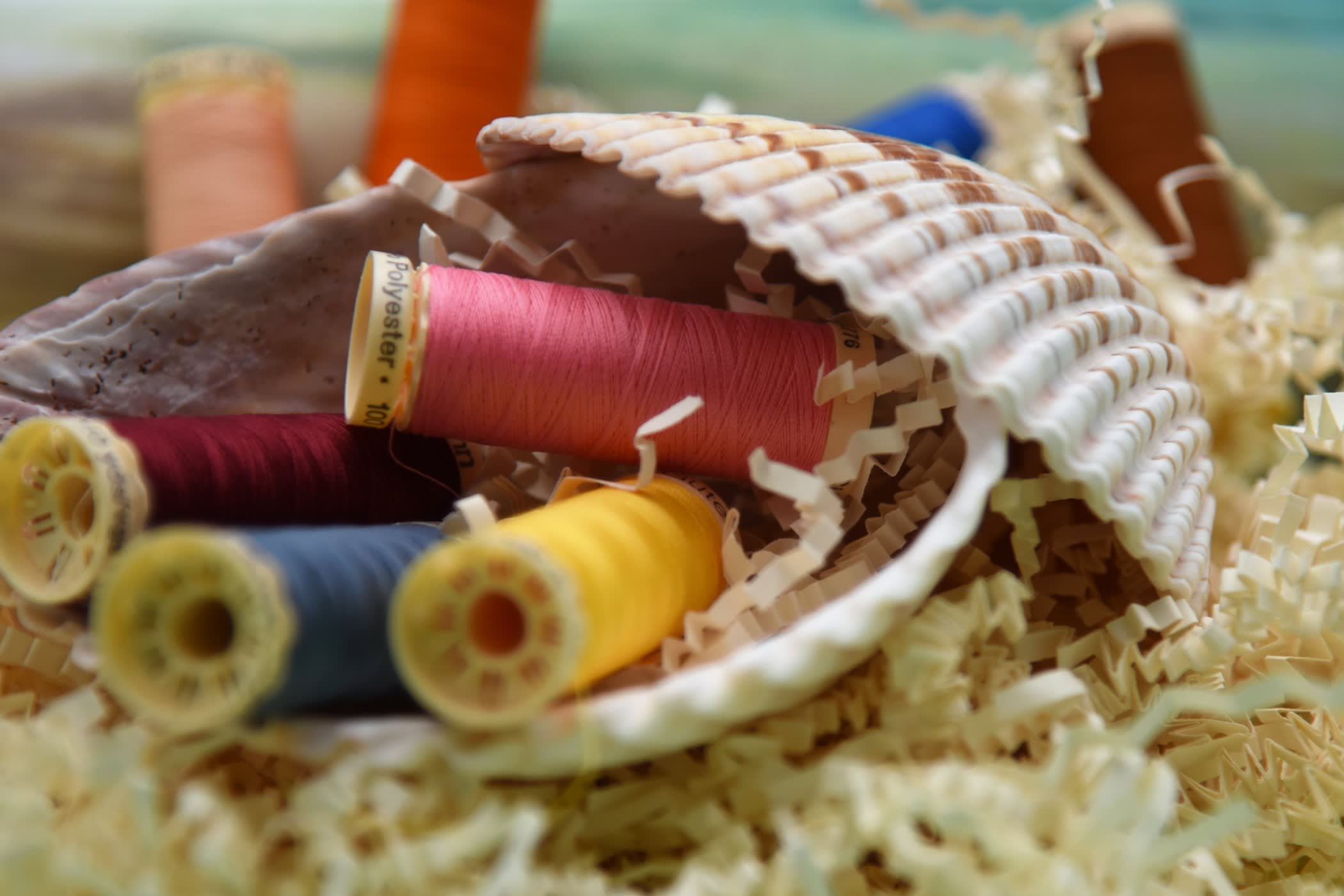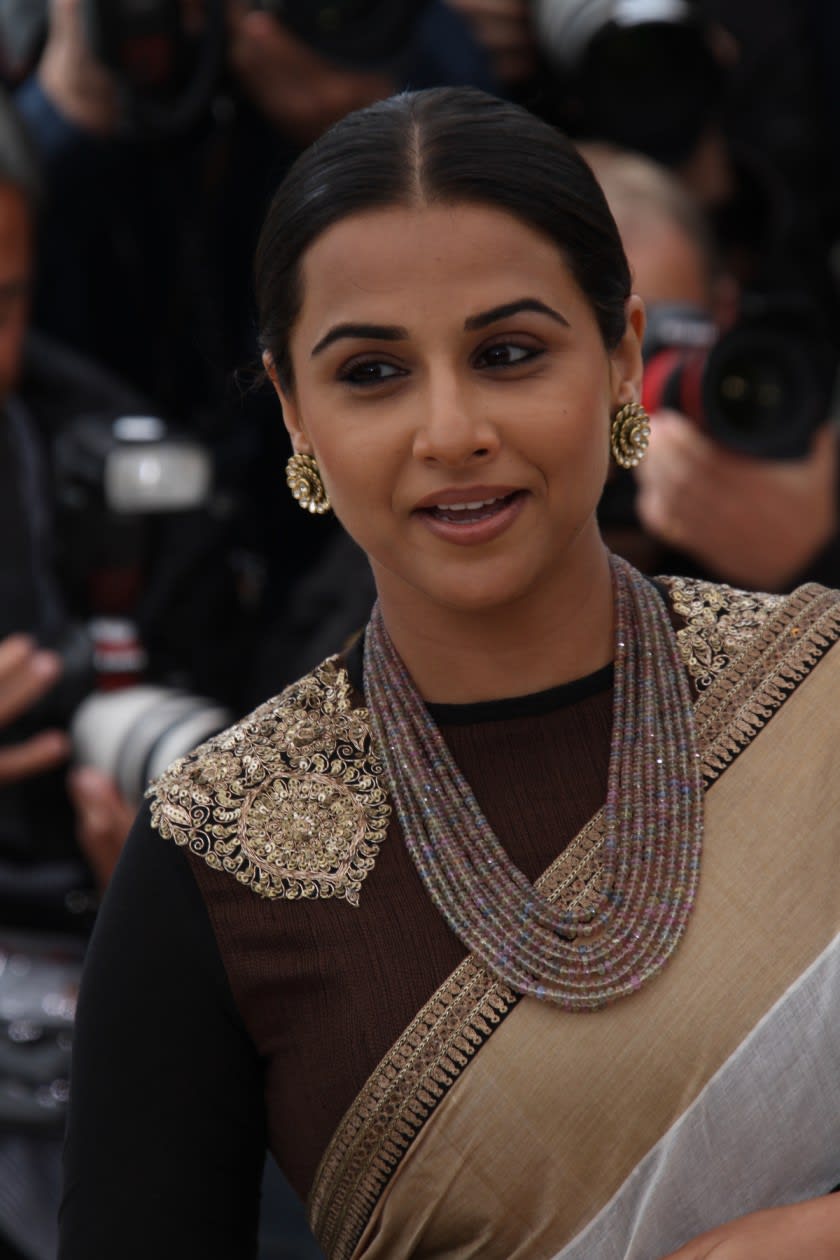Bangladesh’s Track Record in Textiles: An Analysis

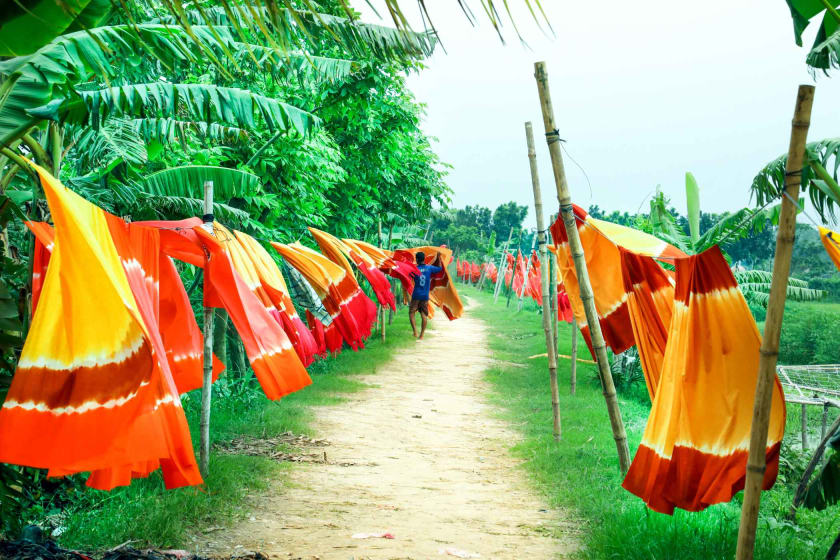

Brief History of Textiles in Bangladesh
Bangladesh has been a hub for the textile clothing industry right from the Mughal era. Under the Mughal rule, it was the center of the muslin and silk trade, exporting to Europe, Central Asia, Indonesia, and Japan. In Central Asia, muslin was called “Dhaka” after the place famed for its production. Nearly half the Dutch imports of textiles from Asia were from this region.
However, under British rule, the textile trade was discontinued owing to the high tariffs on Bengali textile products. Britain further imported raw cotton without any tariffs from Bengal. The double whammy resulted in the deindustrialization of Bengal.
After 1947, most of the textile clothing industry was owned by West Pakistanis. Several Bengali entrepreneurs set up large textile and jute factories in the 1960s. Following Bangladesh’s independence struggle in 1971, Bengal lost access to both technical expertise and capital. However, during this time, textile transformed into an export-oriented industry from merely an import substitution one. Readymade garments (RMG) became the primary products of these companies.
Under the socialist form of capitalism of Sheikh Mujibur Rahman, the nationalized and state-owned Bangladesh Textile Mills Corporation (BTMC) started making losses. Until the 1980s, the government had controlled nearly 85% of the assets of the textile clothing industry. However, the government realized the export potential of textile products when a Parisian firm’s order for 10,000 shirts was fulfilled during this period. It then started offering incentives for export-oriented textile units in the form of duty-free import of textile machinery and raw materials with cash incentives.
Readymade Garments As an Industry
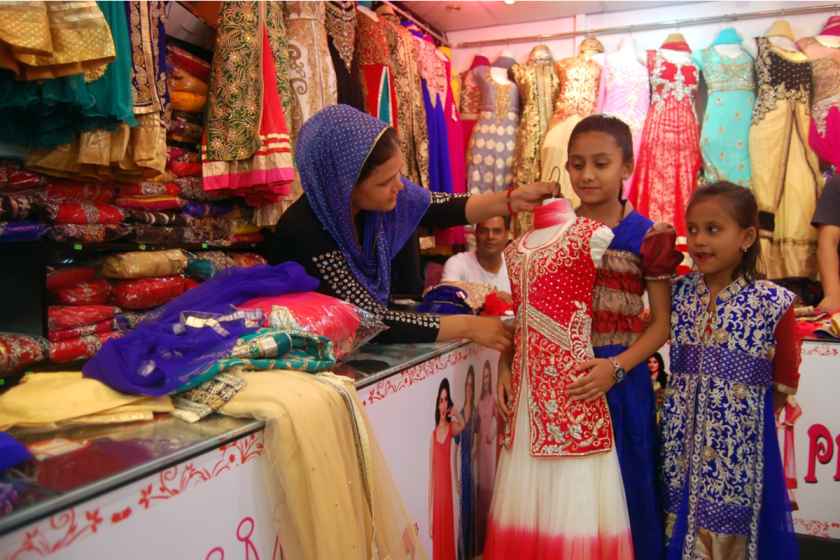
The RMG industry in Bangladesh is one of the fastest-growing sectors of its economy. From 2002 to 2012, it grew at a rate of 55%. RMG, clothing, and textiles together made up 77% of the exports in 2002. Further, in 2005, nearly 77% of the country’s annual earnings came from exports of textile, clothing, and RMG. By 2012, 80% of Bangladesh’s export earnings came from garment export, becoming a multi-billion dollar industry.
Today, RMG is the most dominant export of Bangladesh. Bangladesh’s success in this sector is hugely attributed to the availability of cheap labor. Eighty-five percent of the four-million-strong workforce employed in the textile clothing industry is constituted of illiterate rural women. The working conditions and work environment of these women have been the subject of criticism lately. The industry has also been criticized for not offering fair wages.
One feature of the garment manufacturing industry that stands out is subcontracting. Western companies contract the factories with quota requests to be met at different times. Companies prefer this arrangement as it absolves them of violations in wages and labor.
Current Status: Bangladesh Is Set to Become the Next China
Bangladesh was the second-largest garment exporter after China from 2010 until 2020. The COVID-19 pandemic witnessed the shifting of garment orders from China to Vietnam. Last year, Vietnam became the world’s second-largest garment exporter after China, accounting for nearly USD 29 billion of garments exported worldwide. Bangladesh came third, with USD 28 billion worth of exports worldwide. A whopping 47% of the woven garments were exported to America.
A McKinsey report projects Bangladesh as the next big hotspot after China due to a variety of factors. The most crucial of these factors is that European Union and American companies plan to move away from China, and Bangladesh is set to capitalize on this shift.
Multi-Fiber Arrangement (MFA)
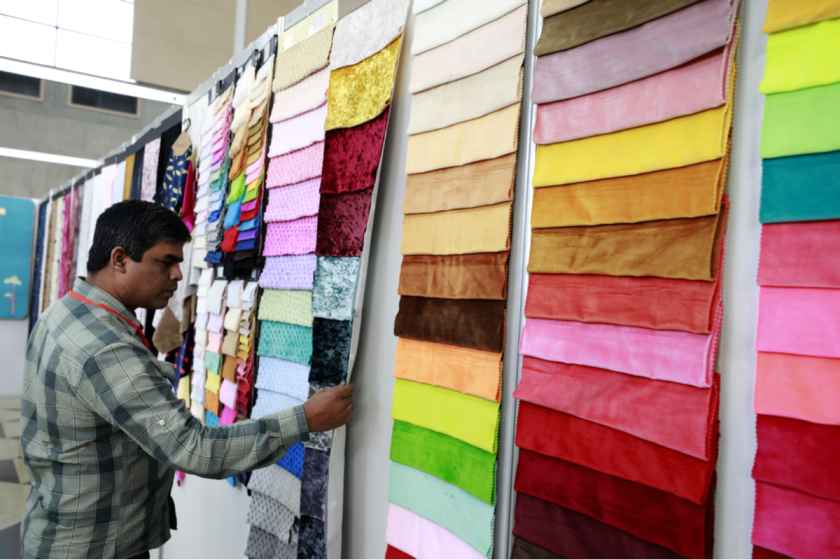
The 1974 Multi-Fiber Arrangement (MFA) in North America ensured that textiles remained the most regulated trade worldwide. While other freshly industrializing countries of Asia were set quotas on garment export, Bangladesh remained an exception. That resulted in quota-hopping by entrepreneurs from quota-restricted countries to quota-free countries.
Daewoo of South Korea was one such company that entered Bangladesh through a joint venture with Desh Garments Ltd. of Bangladesh. Back in 1977, it was the first export-oriented venture in Bangladesh. Nearly 130 managers and supervisors of Desh Garments Ltd. received training at Daewoo in the first year after the joint venture was signed. Of them, only 15 remained with the company after the training was completed. The rest either moved to set up their own companies or joined other companies that offered better salaries.
Two of the principal reasons for the development of export-oriented garment manufacture were the preferential access to EU markets and the MFA in America. When both these ended, it remained to be seen how Bangladesh would retain its stronghold in global garment manufacture. However, the country exceeded all expectations by retaining its share in global exports.
Since 1980, garment exports have garnered the maximum sum of foreign exchange for the country. In 1980, Bangladesh set up an exclusive export processing zone at Chittagong. Starting from 1981, the textile clothing industry was privatized. The new industrial policy under President Hussain Ershad created new export processing zones and encouraged foreign direct investment, while also denationalizing a large percentage of the garment manufacturing industry. Furthermore, the policy returned 27 textile mills to their original owners.
The Problem of Quotas
Around 1980, both America and Canada imposed import quotas, but Bangladesh was able to meet the demand under each quota every year. In the subsequent years, it was able to negotiate for higher quotas.
Between 1995 and 2005, the World Trade Organization’s Agreement on Textile and Clothing came into force, where developed economies agreed to reduce textile exports while the newly industrializing economies were allowed to increase their quotas. These 10 years saw Bangladesh making full use of quota-free access to European markets. In America and Canada, the country took advantage of the desirable quotas.
Until 1994, Bangladesh did not manufacture fabrics and yarn for its RMG industry. However, in 2006, exports to the USA and EU accounted for nearly 90% of the total figure. After 2004, the export turnover of Bangladesh crossed USD 10.7 billion.
The End of MFA
With the end of MFA, it was predicted that Bangladesh would suffer due to severe competition from China. However, this did not happen, largely due to the availability of cheap labor in the country. Labor in Bangladesh was cheaper than anywhere else in the world.
Employment in the Textile Industry

Bangladesh has been accused of using child labor in its textile clothing industry. There are an estimated 5.7 million children in the age group of 10 to 14 years who work in this industry. In 1993, some companies dismissed half a lakh child laborers out of fear of the Harkin Bill, to be passed in the US Senate. The bill envisaged a ban on imports that were wholly or in part manufactured using child labor. Because governmental measures take time to be implemented, this industry still employs children as a source of cheap labor.
There are an estimated 3 million women employed in the garment manufacturing industry currently. Women constitute 90% of the workforce in this industry, and it is cheap and flexible. In 2013, 5000 garment factories were employing about 4 million laborers, mostly women. The industry prefers women because they are illiterate and cannot command good wages. Women have not created trade unions as the employers threaten to fire them. However, women working in the export processing zones are better off than their counterparts outside the EPZs.
Conclusion
It is difficult for other countries to employ cheaper labor than Bangladesh, and this is the critical reason why it thrives in the face of intense competition. There have been major fires and accidents in this industry, but Bangladesh has survived simply because there is no cheaper labor available in the world.
Today, the industry is implementing green manufacturing techniques to keep up with the times. With more companies planning to leave China, Bangladesh is set to grab its share in the world’s garment exports. You can find more analyses of the textile industry across the world on Fashinza’s blog. Fashinza is the most favored destination for fabric hunters to source the most stunning, high-quality material for their upcoming creations. Get the best deals and offers if you need help sourcing clothes, only on Fashinza.
















